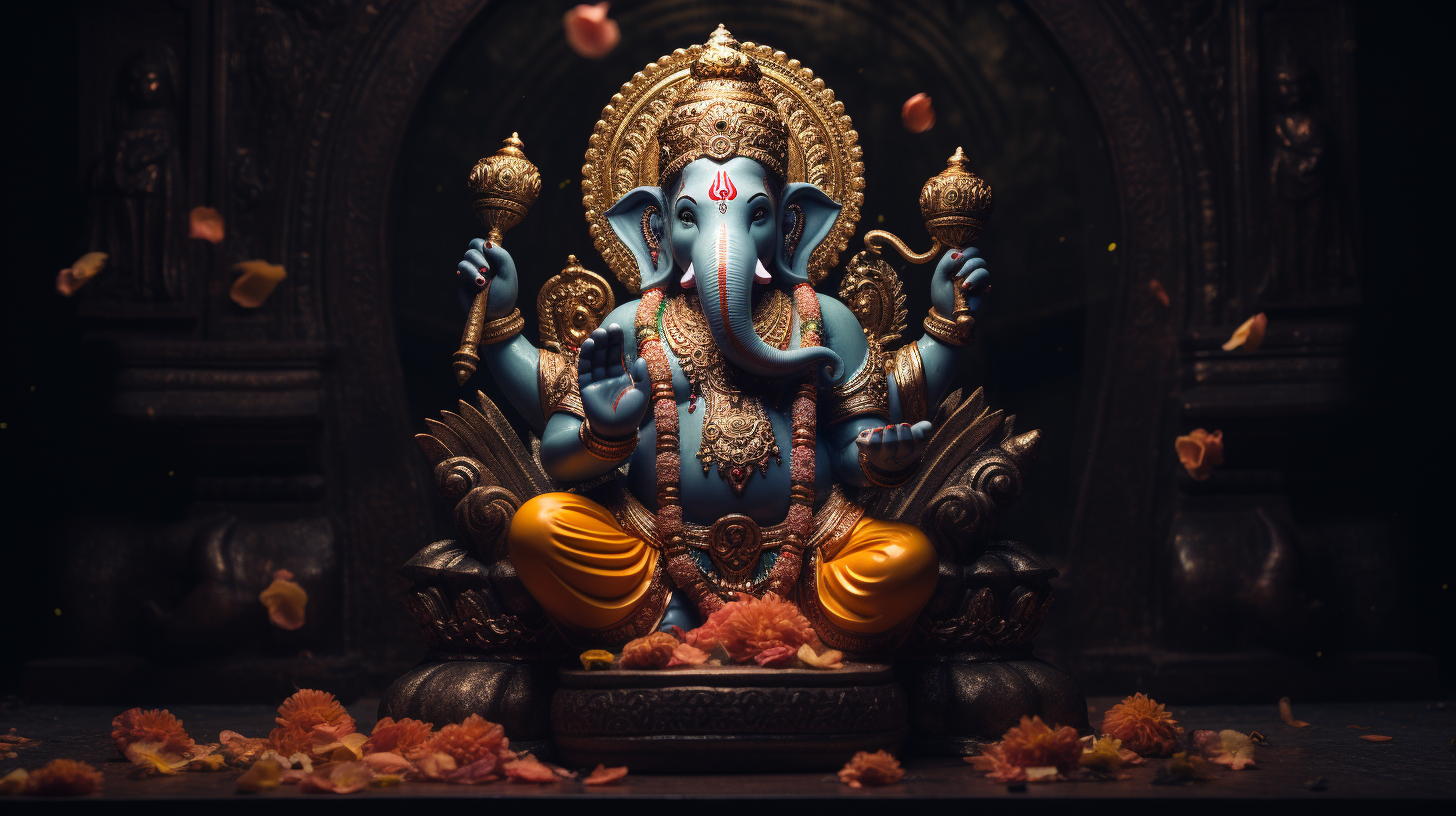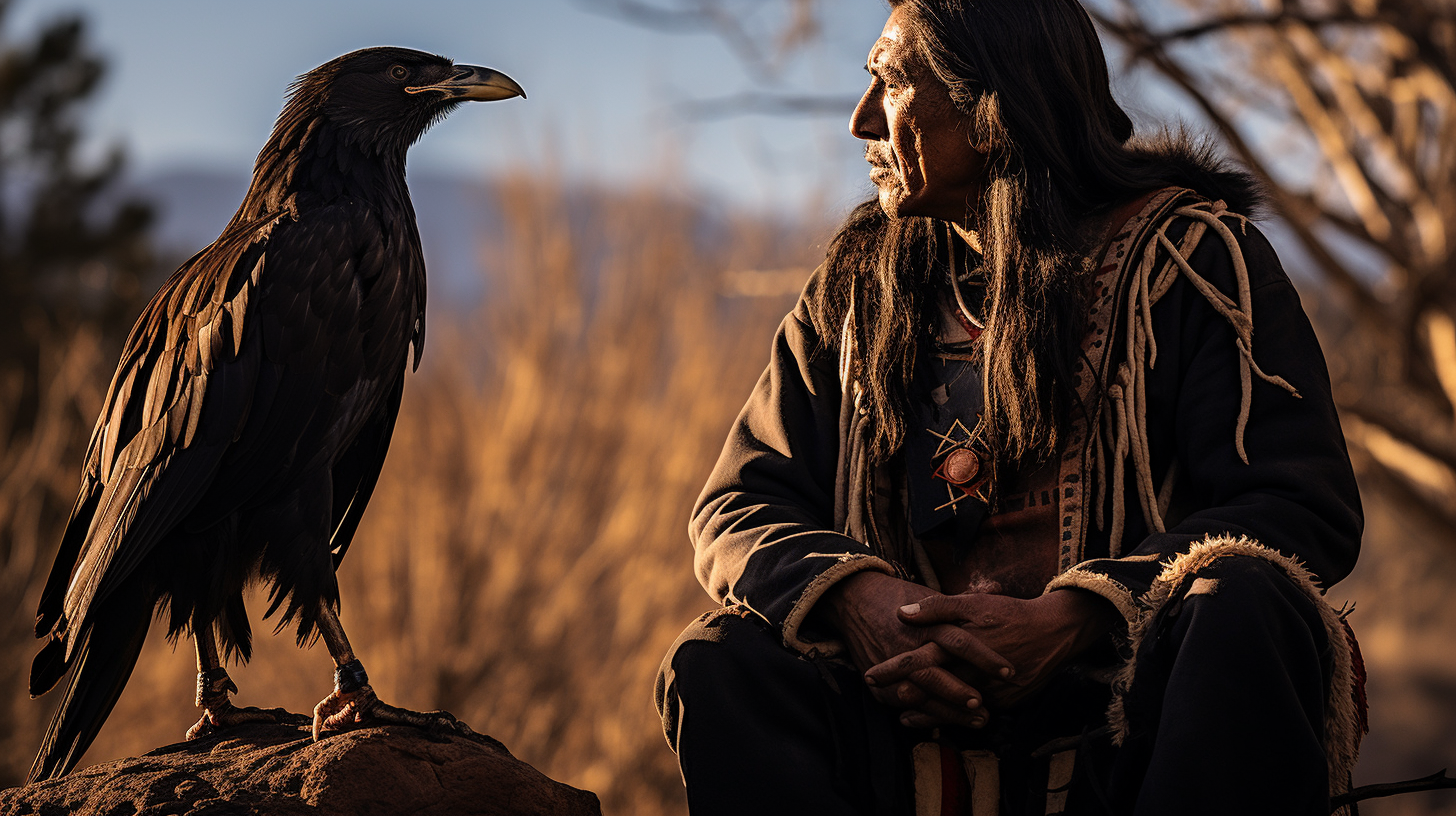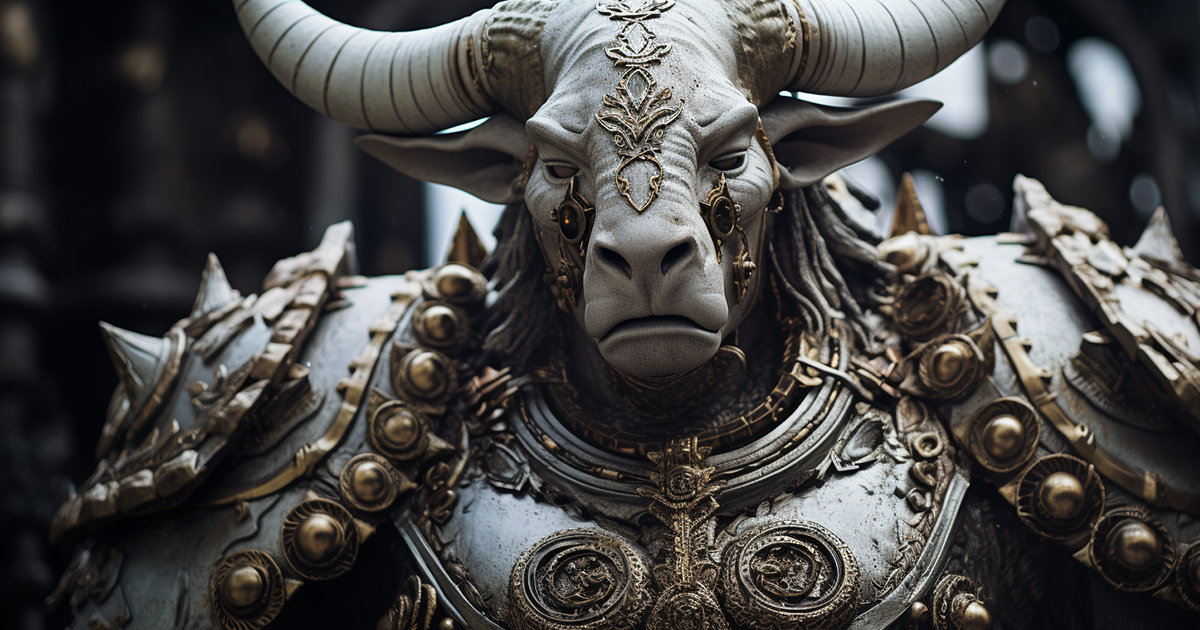Deep within the Mortuary Temple of Hatshepsut in Luxor, Egypt, an intriguing carving awaits discovery. Here, nestled among the ancient stones, lies a depiction of the bull God Abus, his form adorned with a glowing solar disk hovering above.
Though Abus might not be a widely recognized deity in modern times, historians posit that he held a pivotal role as one of Egypt’s earliest gods, dating back to approximately 3000 BC.
The allure of Abus lies in his association with the creation of humanity, a concept that echoes through the annals of ancient cultures across the globe.
Within the intricate tapestry of ancient mythologies, animals frequently took center stage in the stories of human genesis. These myths transcended geographical boundaries and resonated with diverse societies.
From the revered bull in Egypt to the sacred animals of the Northwest Coast Native American tribes, the belief in animals as creators or ancestral beings spanned far and wide.
Animal-headed deities in ancient cultures further underline the importance of animals in the human experience. Figures like Ganesh, the elephant-headed god, or Toth, the Ibis-headed deity, showcase the blend of human and animal characteristics.

This symbolism was not random; the ancients believed that the divine wisdom embodied in these gods was mirrored in their animal attributes.
However, a thought-provoking question emerges: Could the tales of flying monkeys and animal-headed gods conceal more than mere myths? Might they encode cryptic narratives of our ancestors’ encounters with extraterrestrial entities? Advocates of the ancient astronaut theory present this intriguing notion.
According to this hypothesis, ancient humans may have engaged with extraterrestrial beings who either genetically influenced Earth’s animals or assumed animal forms themselves.
This conjecture raises the prospect that the animals we encounter today could bear a genetic link to these extraterrestrial beings or that aliens purposefully took on animal shapes to establish a relatable connection with early humans.
Delve into the legends of Zeus, a prominent figure in Greek mythology. In one myth, Zeus transforms into a bull to shape the land of Europe, suggesting a close intertwining of gods and animals, with metamorphoses serving as conduits for interaction with humans.
Similar narratives abound across diverse cultures. In West African Vodan traditions, the deity Papa Legbas frequently manifests in various animal forms.
Even the Pawnee culture of Native Americans cherished a profound bond with animals, viewing them as links between the physical and spiritual realms.

For the Pawnee, young men embarking on Vision Quests sought communion with wise animals during trance-like states induced by solitude and fasting. These encounters were deemed as spiritual revelations, with each animal embodying a unique guardian spirit.
Essentially, the ancient belief in the sacred connection between animals and the divine hints at a deeper relationship between humans and the animal realm.
Could it be that these ancient traditions and myths stem from encounters with extraterrestrial beings who, through design or genetic influence, left an imprint on Earth’s creatures?
While the speculation of extraterrestrial beings posing as animals remains just that – speculation, the profound reverence for animals in ancient cultures is unmistakable.
Whether revered as creators, mediators, or vessels of wisdom, animals have woven an unforgettable legacy into the fabric of human history.
Video:
Exploring the profound bond between animals and ancient civilizations may lead us to contemplate a deeper understanding of the animal kingdom, hinting at mysteries awaiting illumination.
